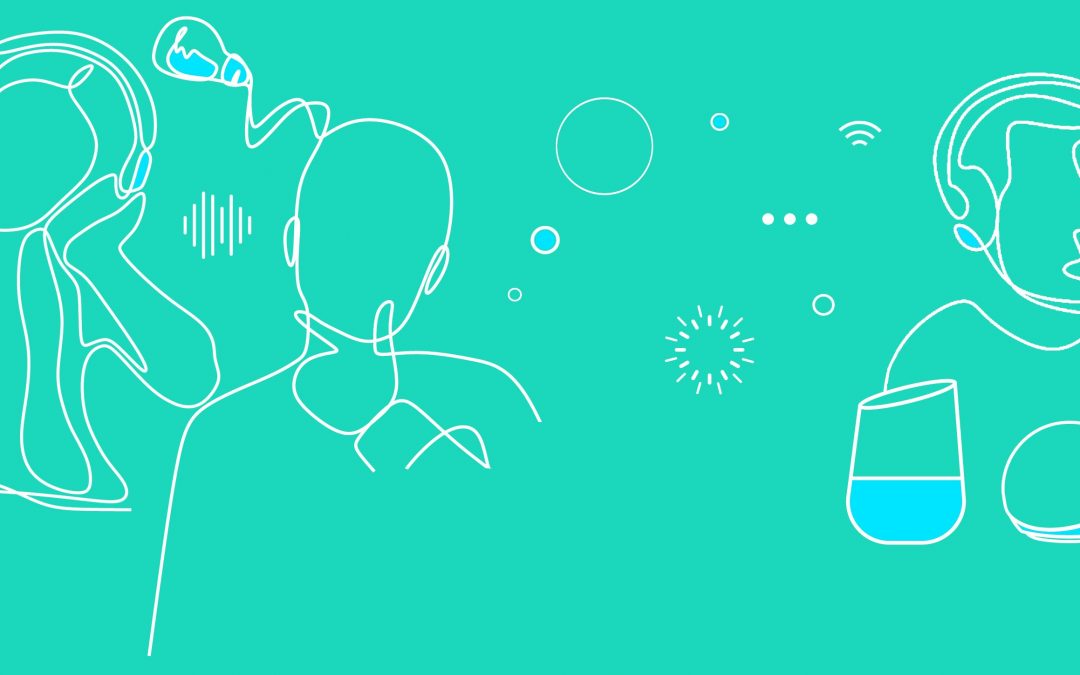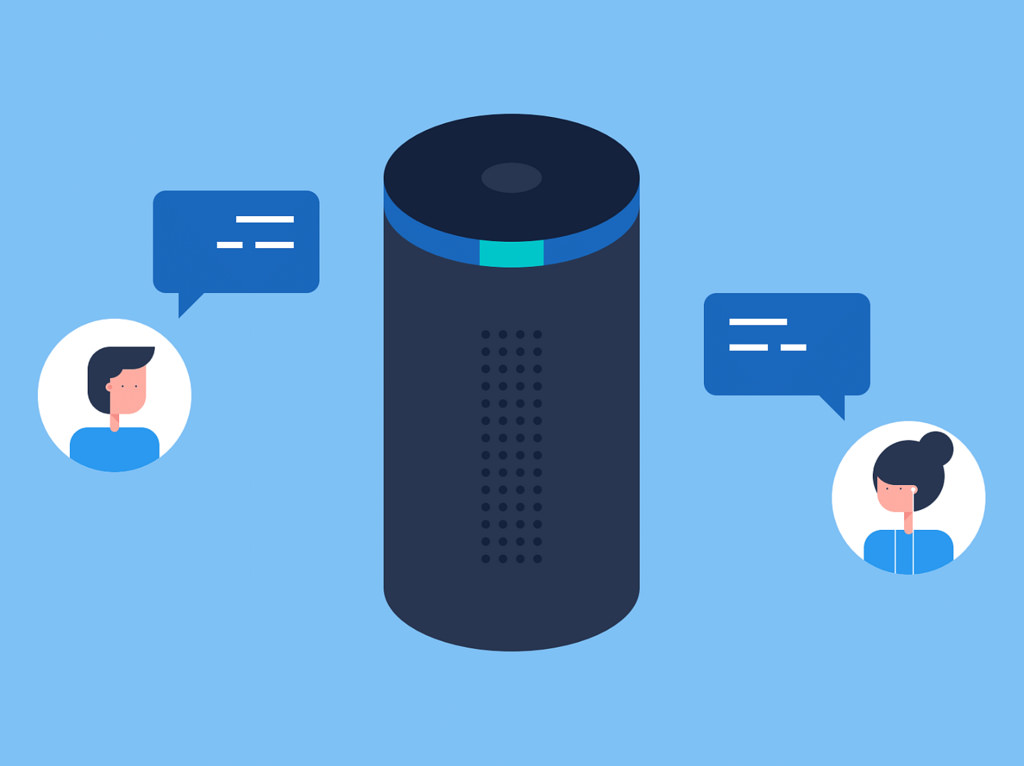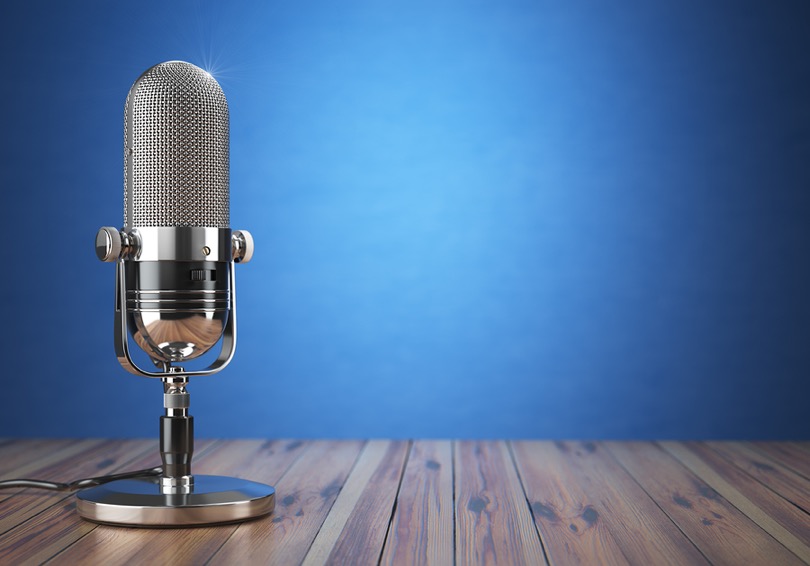In 2021, being tracked is a fact of life. No matter what you do online, your activity is logged by your internet provider, by every app you use, and every website you visit. Everything you do online ends up as a line of data in a spreadsheet somewhere, which will later be used to advertise new services to you. Like it or not, this is the reality of using the internet in 2020, and is the price we pay for using platforms such as Instagram, Amazon and TikTok. However, despite this overwhelming trend, podcasts have endured as one of the few activities you can do online without having your every action tracked. But that’s changing, fast. So why were podcasts so resistant to tracking in the past? And now that podcast tracking has become more commonplace, what does that mean for creators and consumers?
Tracking resistance
Traditionally, podcast creators weren’t able to glean much information about their listeners, and neither were the apps used to stream them – known as Podcatchers. The primary reason for this is three letters: RSS. Podcasts are traditionally uploaded via an RSS feed, which provides a challenge to marketers for one primary reason. RSS only allows very limited data to be collected on an individual who has downloaded a podcast. Data collected is limited to the number of downloads, where the downloads occurred, the time and date of the download, and the app used to download it. If it was 2005, this would be invaluable data, but in 2020 it is woefully vague. Marketers of today expect much more granularity, to be able to target consumers in a much more targeted way.
How is it changing?
While RSS remains dominant in podcasting at present, that may not necessarily be the case in future. Many large podcast producers are finding ways around the analytical limitations of RSS, which could lead the way for the sector in general. Take Spotify, for example, which has recently acquired the exclusive rights to podcasting giant Joe Rogan. With the unreal amounts of money involved in that deal, it’s unthinkable that Spotify would stream it using RSS, and the limitations that come with it. The Swedish tech giant collects large amounts of data on its listeners in order to provide them with auto-generated curated playlists, music recommendations, and podcast recommendations.
Rogan, the biggest jewel in Spotify’s podcasting crown, is no different. Podcast audio is uploaded directly to Spotify so that they can get detailed insights on Rogan’s listeners. They know exactly what music and other podcasts Rogan’s listeners enjoy, as well as which shows they listened to all the way through, and which they bounced out of before completing. They even know if you are listening to a podcast with your phone in your pocket, on the table, or in your hand. This mind boggling level of granularity is more in line with the levels of data collection we have seen from other areas of the tech sphere in the last 10 to 15 years. As well as Spotify, Apple, Amazon and Google are also leading the way in terms of data collection via podcast listening apps. It seems likely that the sector as a whole will follow their lead in the coming months and years.
As a result of these seismic shifts in how data is collected, podcast ads are getting smarter. When listening to podcasts, you may have noticed that the same ads are appearing across different shows, or that you’re getting a UK Government ad on a podcast produced in the US. This is due to the rise of what’s known as dynamic podcast advertising. Five or six years ago, podcast adverts would typically be a part of the show itself. The show’s producer would be sent an ad by an advertiser, which would be literally edited into the show’s audio file. While this does still happen, it is already starting to feel quite old hat. In 2020, producers will typically insert a flag into the show’s runtime when they upload it where an ad break can go. Then the podcast provider inserts adverts that are bespoke to the listener, based on their interests, location, and other different metrics. Podcast advertising has been lagging behind the rest of the marketing world for so long, but it is finally beginning to catch up.
What this means for creators
The potential benefits for marketers hardly need stating. Access to audiences with a higher level of granularity than before is the kind of thing that marketers crave, and are happy to spend top dollar on. But what do these changes mean for creators?
Most podcast hosts I know are suckers for data. They all want to know how many downloads they’ve had, how many people are subscribed, and where their biggest listener base is. All of this is possible currently, using RSS. However, with access to more data, there are many more insights creators can tap into to create a better product for their listeners. For example, companies like Spotify allow creators to check when users typically stop listening. By examining this data, you may spot a pattern. Perhaps people drop off after the one hour mark, leading you to ensure you make future episodes more snappy. Or perhaps they are dropping off after a particular feature, which isn’t landing as well as you had hoped, leading you to drop the feature in future. This is barely scratching the surface. As with any data set, the possibilities for improvement are endless, if you know what you’re looking for.
If anything, it’s about time that podcasting started embracing big data. Love it or loathe it, it’s here to stay, and is the cornerstone of how the web operates in 2020. More granular data collection allows advertisers to serve more tailored ads to consumers, increasing their effectiveness. This increased effectiveness will mean that more ads are bought, and more money will end up in creators’ pockets as a result. This is yet another step that will bring podcasting more firmly into the mainstream.




